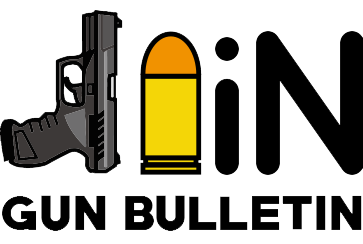If you concealed carry long enough, it becomes a bit of a science, or maybe an art.
You learn strategies and tactics that allow you to carry different guns in different ways in different places.
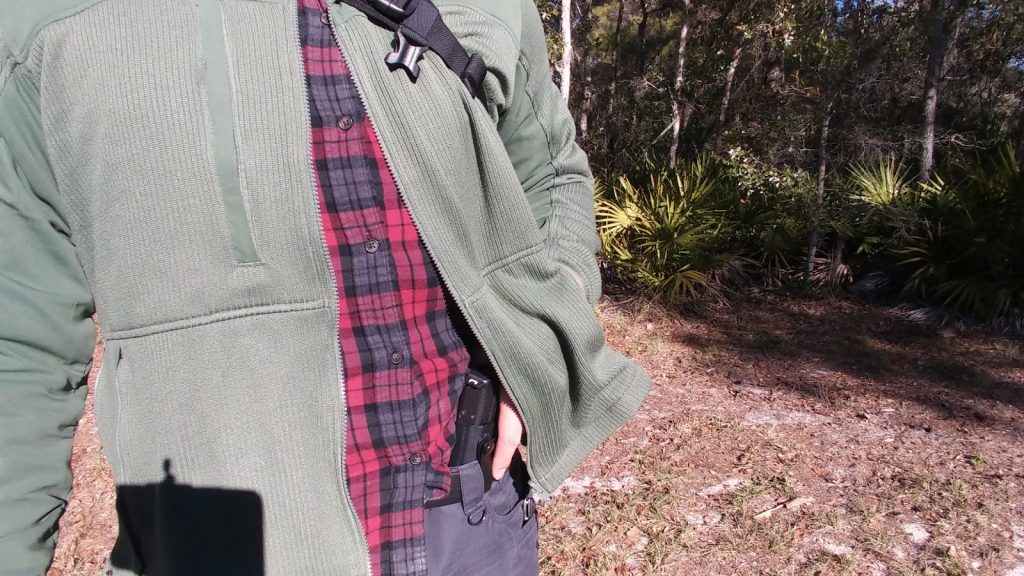
One strategy is the art of deep concealment.
Deep concealment is a specialized carry method that prioritizes concealment over all other tasks. Essentially it goes beyond hiding it under a t-shirt and calling it a day.
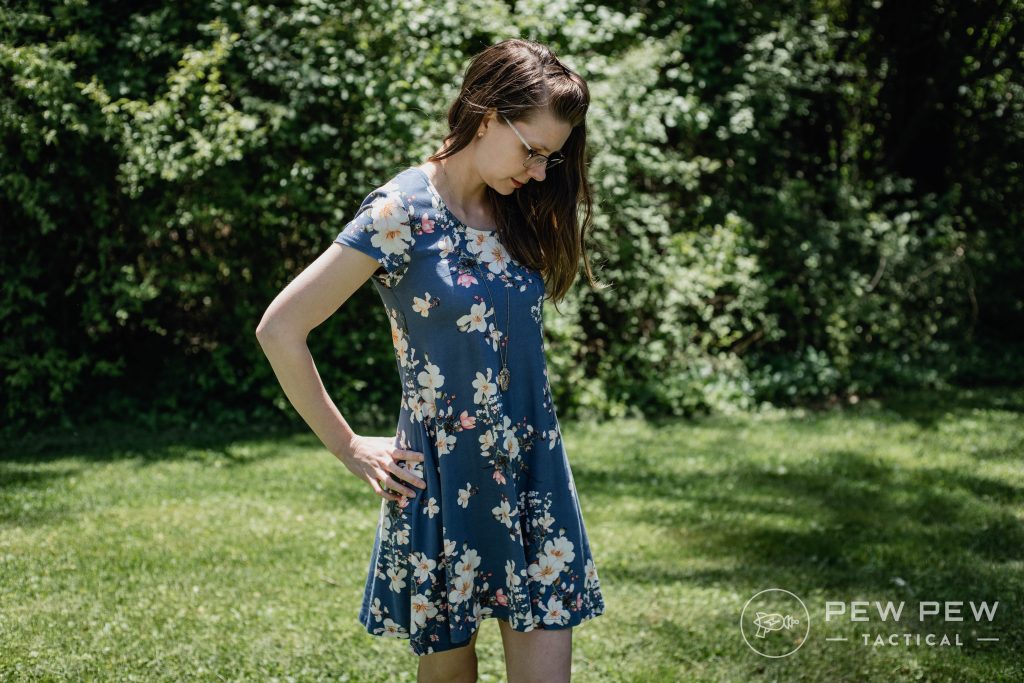
Today, we’re going to delve into the inner workings of deep concealment.
We’ll look at what deep concealment means for concealed carriers and why you might want to try it out.
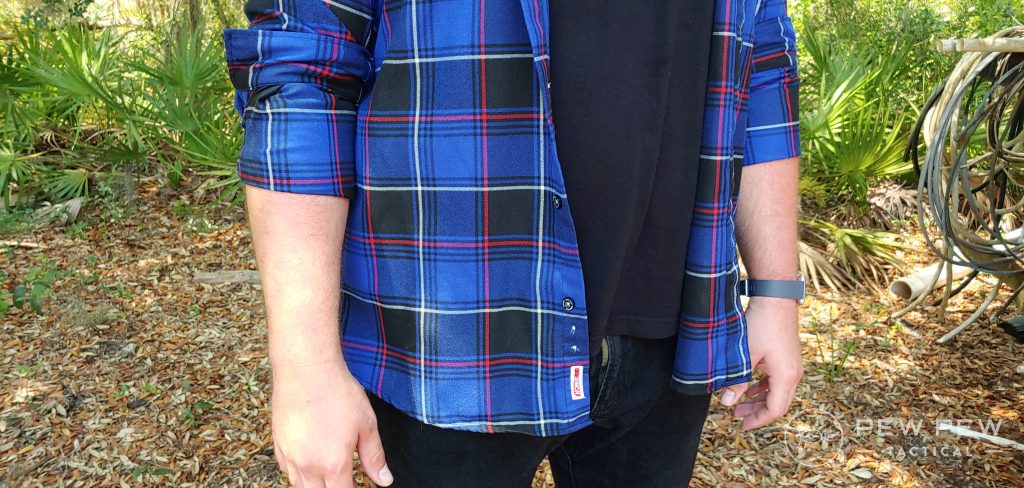
Not to mention, we’ll lay out the pros and cons of this style.
So, keep reading if you want to learn more about deep concealment.
Table of Contents
Loading…
What Is Deep Concealment?
As I mentioned, deep concealment means that concealment is the top priority.
This means prioritizing concealment over accessibility. That said, we won’t sacrifice safety for a little extra hiding.
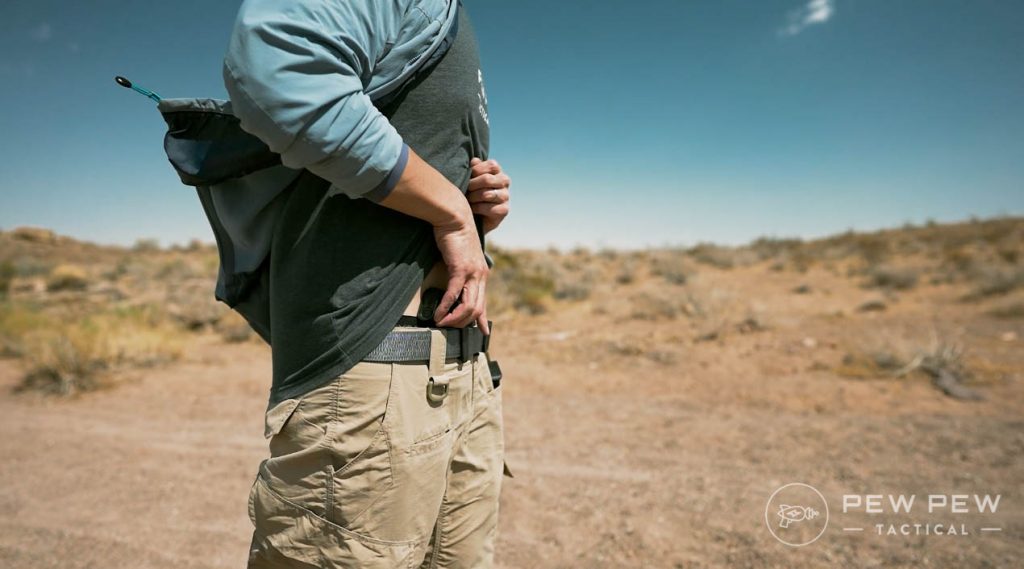
Deep concealment positions may require a little effort to access. And it’s important to remember that deep concealment doesn’t always guarantee a fast draw.
If you’ve carried a firearm for any length of time, you know that smaller guns are easier to conceal than larger ones.
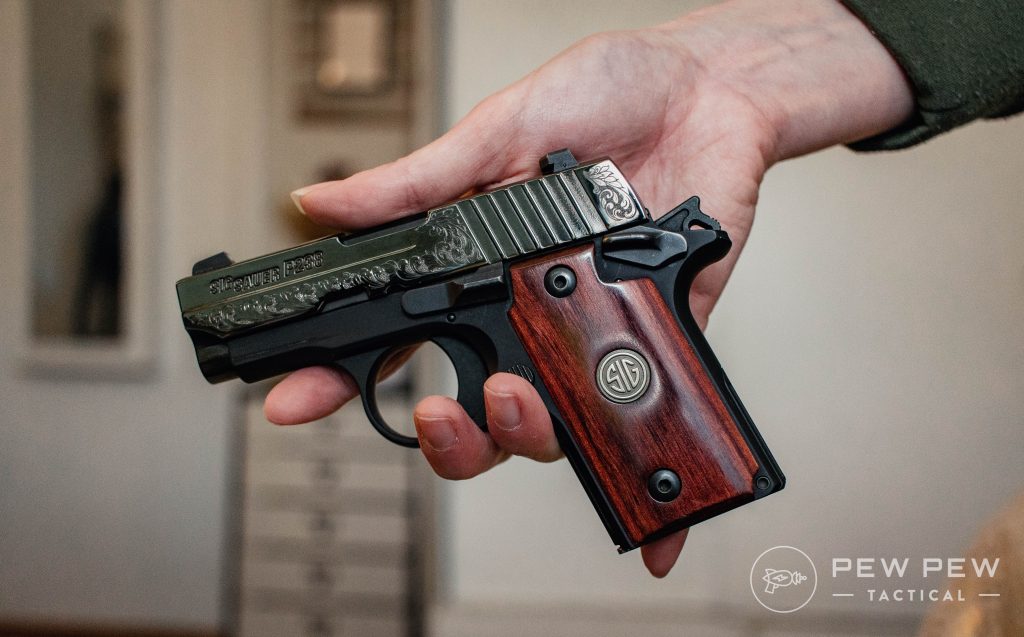
So, deep carry often involves a pocket pistol or mouse gun. (But some brave souls do go as large as a Sig Sauer P365 or Springfield Hellcat.)
Is It Right for Me?
Deep concealment is a strategy utilized to carry a firearm in a non-permissive environment. Sometimes carrying a firearm can be sensitive.
I’m not talking about carrying where not legally allowed. That’s downright foolish, illegal, and a great way to lose your right to not only carry but your right to own a firearm.

However, some places do not allow you to carry a firearm but do not have the force of law to prevent you from doing so.
Concert venues famously ban guns without providing any degree of reasonable security. Some stores, malls, and theme parks do the same.

State laws may vary, so ensure you know the law.
In other situations, some non-permissive environments can be more social than anything else.
Some of us have family, friends, or coworkers who may not agree with our right to carry. It can be best to carry in a less detectable way to avoid awkward conversations and confrontations in those situations.
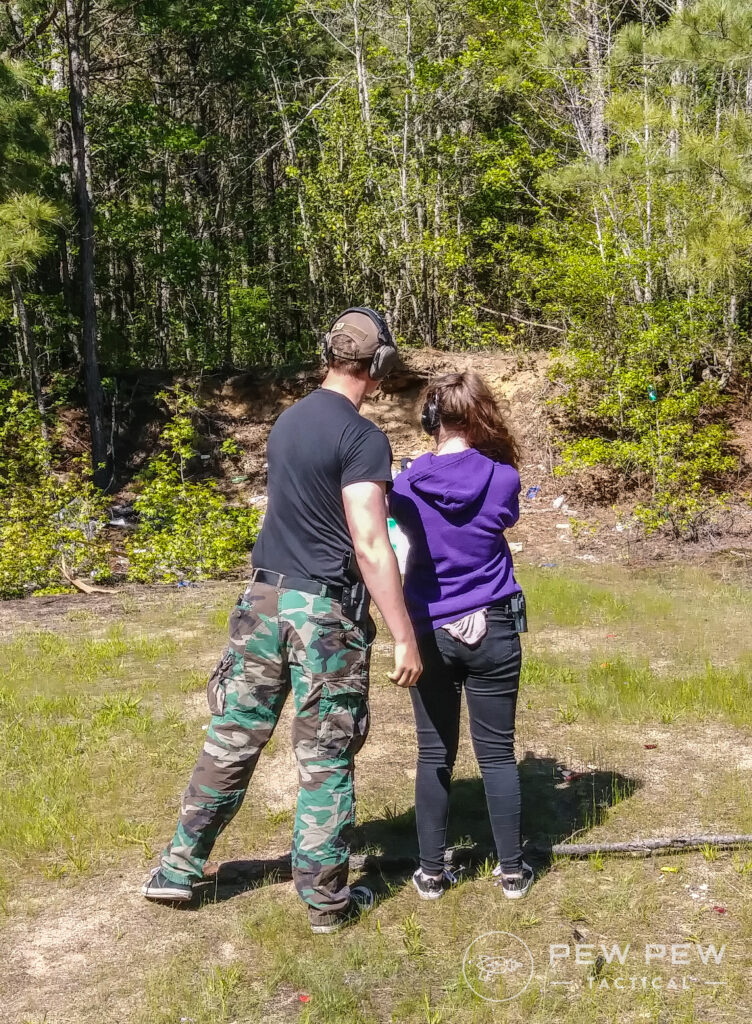
Deep Concealment Methods
It’s important to realize the downsides of deep concealment. You should approach anything involving firearms with a healthy understanding of the good and the bad.
With deep concealment, the worst part is the lack of access — it’s rarely conducive to a quick draw.
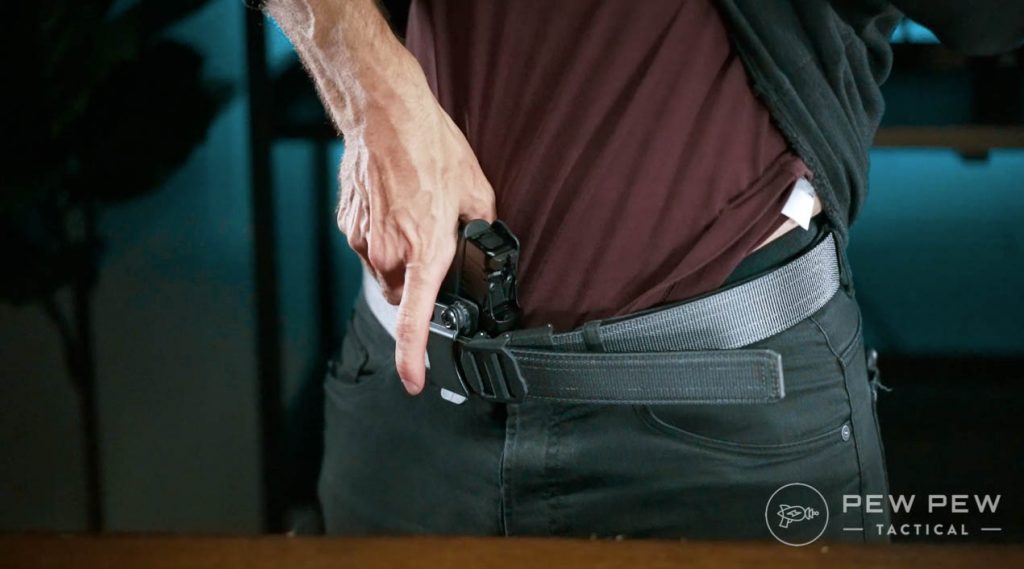
Keeping that in mind, it requires just as much training, if not more, than traditional carry.
Practicing your draw from deep concealment in multiple positions and arrangements should be done.
With compromised access, you need to take some time to ensure you know how to access the pistol in any situation and position.
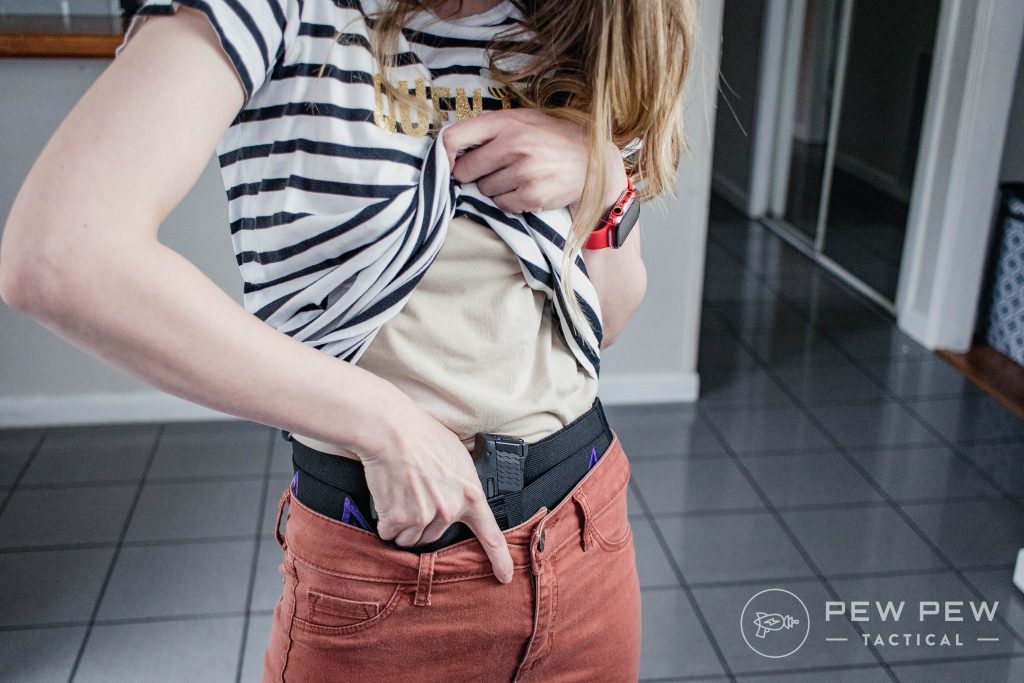
Deep concealment can also be less comfortable than traditional carry and can require a minimalist holster setup that doesn’t provide a ton of comfort.
On top of that, you may need to change up the way you dress to better conceal a firearm.
Beyond baggy clothes, you might decide to wear a button-up instead of a t-shirt or a longer or shorter dress than usual.
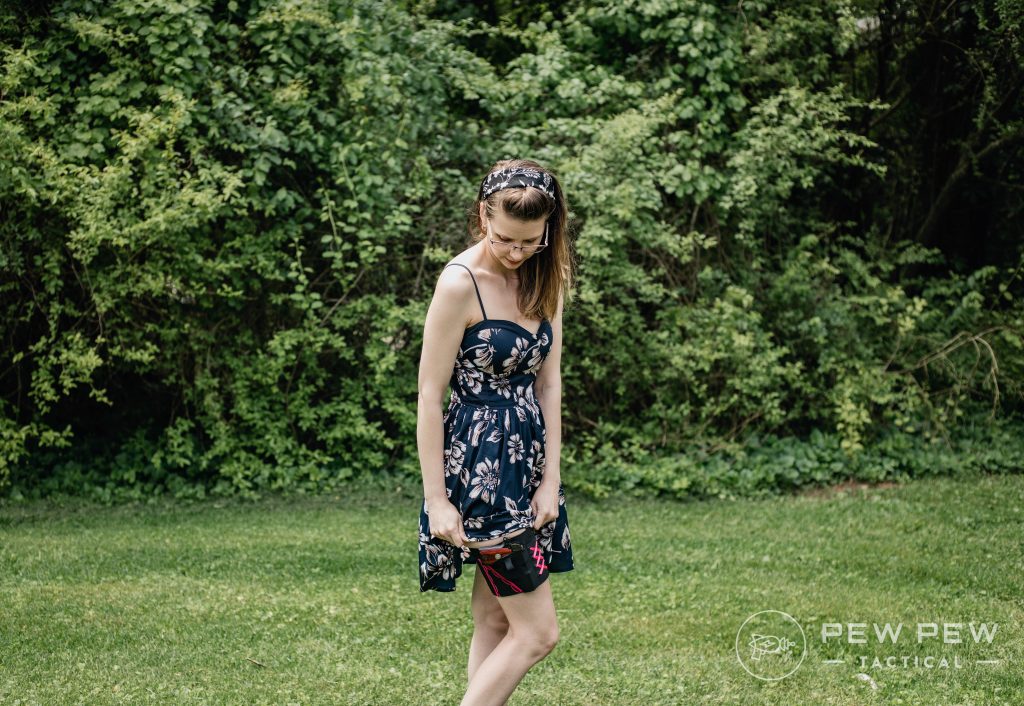
Changing how you dress slightly can make a huge difference in deep concealment, making it easy.
Rarely is deep concealment optimum, but sometimes it’s the only choice.
Levels of Deep Concealment
To make things nice and simple, I’ve broken down deep concealment methods and holsters into various levels of deep concealment.
Each level represents a different level of access while remaining concealed.
Level 1 – Fastest Access
Level 1 allows you complete access or near-complete access to the gun while remaining concealed.
It often positions a firearm in a more traditional position than other deep concealment holsters.
As such, they are unlikely to pass through a deep sniff test.
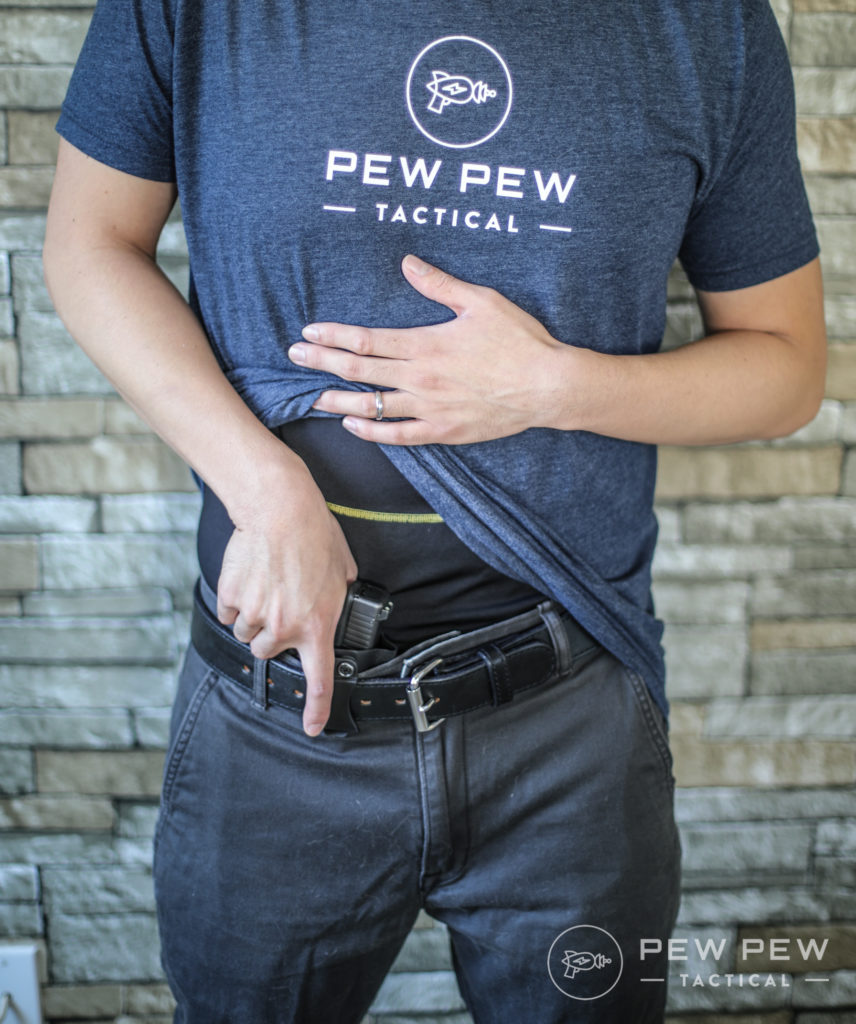
These options will work in social situations and places where there is no security working to detect weapons.
Traditional appendix holsters paired with pocket pistols like the Ruger LCP II practically disappear in your belt line.
Prices accurate at time of writing
Prices accurate at time of writing
These small, flat pistols disappear easily and can be tough to detect even when hugged.
Holsters like the Cherries Multi-Fit Deep Concealment Holster positions an appendix holster much lower than normal in an appendix carry position.
The holster disappears and is impossible to detect via an eye scan, and is almost pat-down proof.
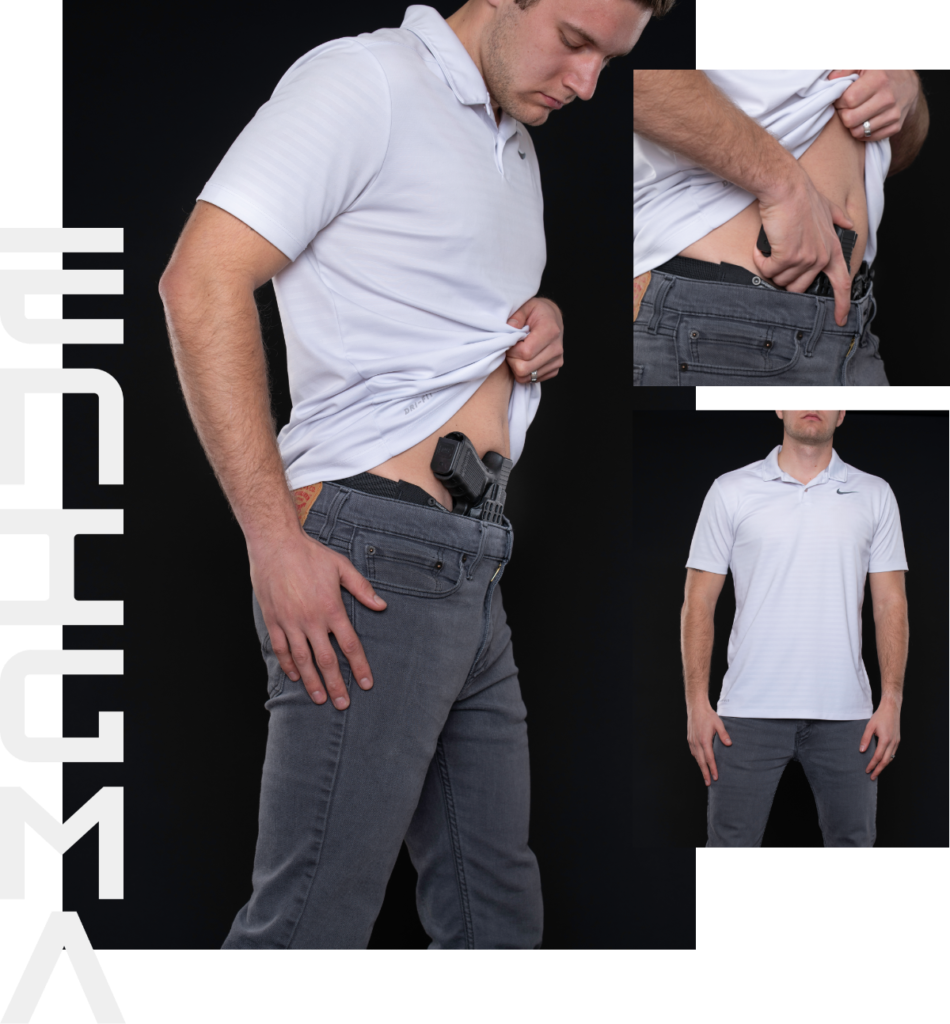
The new PHLster Enigma also breaks boundaries. It’s not a holster per se, but an accessory that holsters attach to and allows you to carry in an appendix position without a belt.
It’s compatible with a good number of holsters and makes it easy to carry a firearm without a belt and even in sweatpants. (Stay tuned for a full review soon!)
Level 2 – Non-Traditional Carry Options
Level 2 presents less traditional means of carrying a firearm but provides even more concealment…at the cost of less access.
At this level, you’ll pass more than just the eye test.
At Level 2, we are looking at belly bands, ankle holsters, and pocket carry.
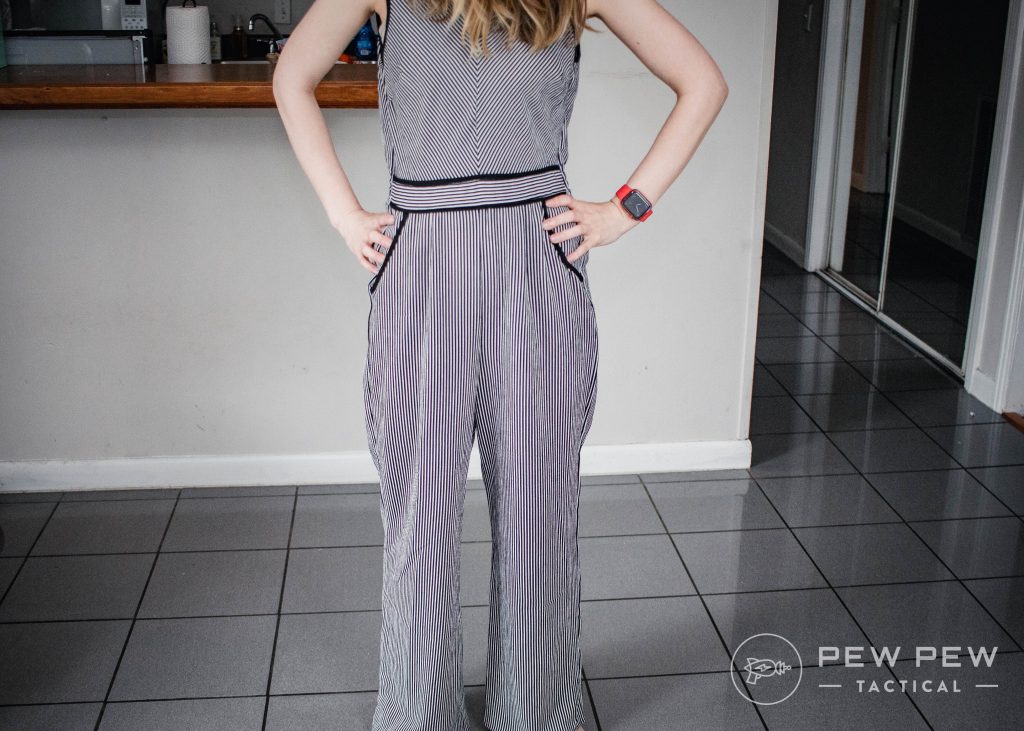
These three methods can help fool even people trained to examine others for weapons.
What’s important to remember is that these three carry methods attract many not-so-great holster makers who make not-so-great holsters.
Don’t buy anything cheap when looking at pocket, ankle, or belly band holsters. Stick to Galco, Blue Force Gear, and Gould and Goodrich options.
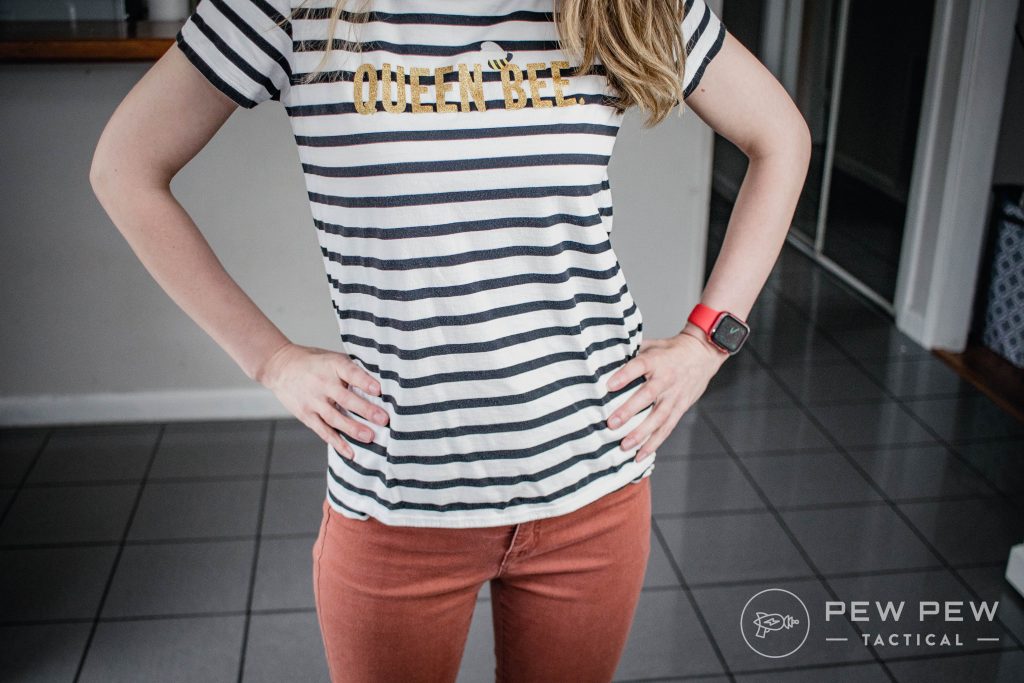
These methods allow you to take your gun off your waistband and place it in an alternative position. Places people rarely associate carrying a firearm in.
Level 3 – Specialized Clothing and Holsters
Respectable people won’t randomly touch the breasts and groins of people, and as such, these become perfect areas for hiding a firearm.
Specialized clothing and holsters permit you to safely position your firearm in a location that could get past a casual pat-down.
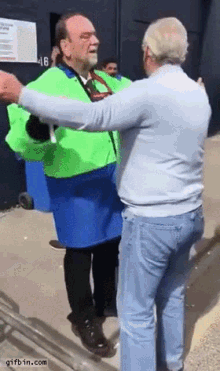
Most security people aren’t risking their reputation and career in touching sensitive locations.
Hiding a firearm equipped with a MIC holster near your groin makes it hard to detect. The same can be said of a woman’s breasts with a Flashbang holster.

Using specialized holsters or even specialized clothing usually defies your typical security pat-down.
Deep Concealment & Situational Awareness
Deep concealment lessens your access to your firearm. We’ve already spoken about that, and because of that, you need to take precautions.
Most importantly, you need to up your situational awareness game.
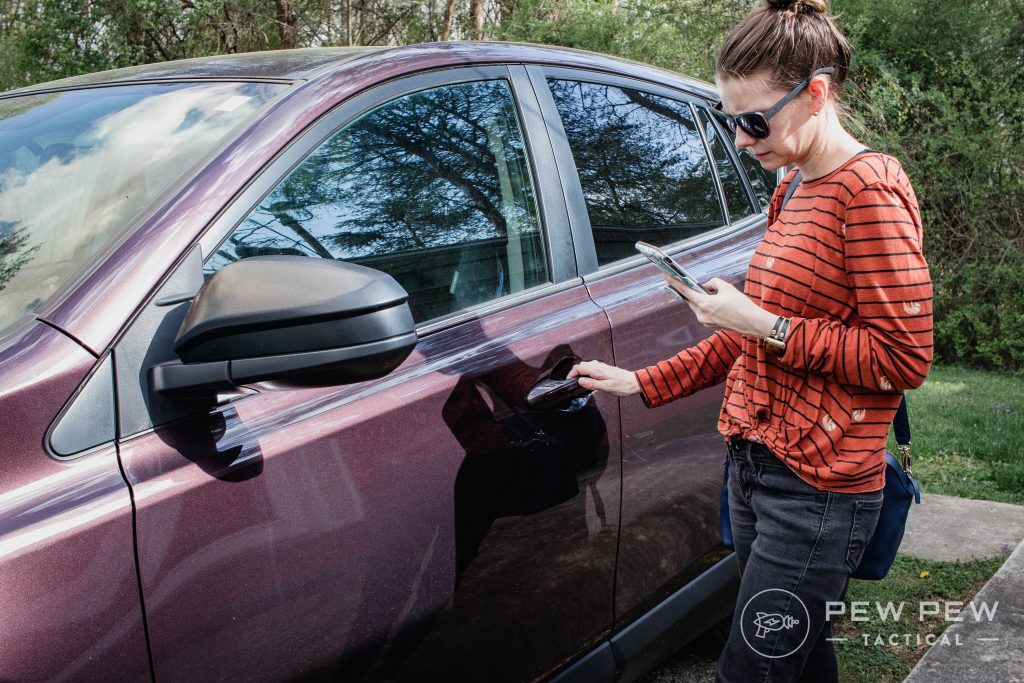
Better situational awareness allows you to detect threats quicker and avoid or get ready for any trouble.
Since you can’t fast draw, you need that extra situational awareness to detect these threats early.
The more time you have to prepare, the better.
Conclusion
I rarely deep conceal, but when I do, it’s the only means I have to conceal. To me, it’s just another option for concealed carry.
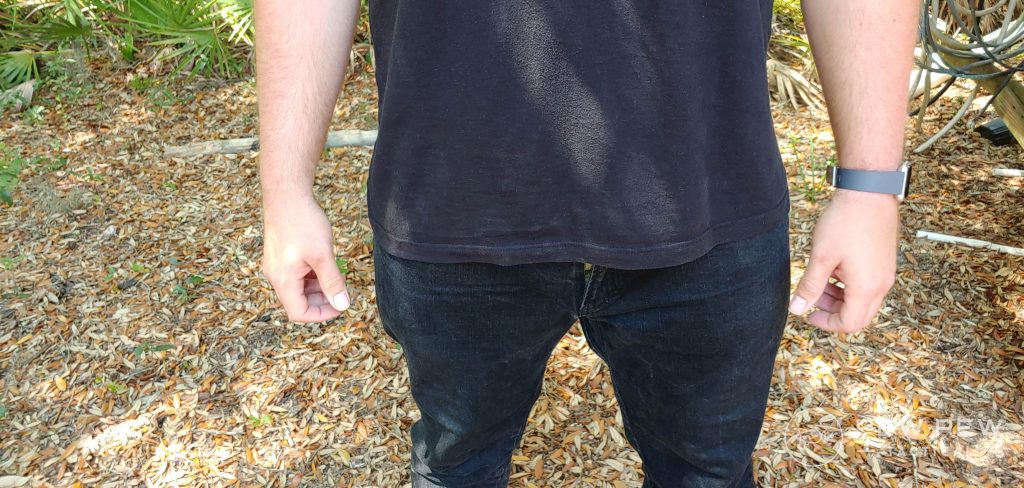
Having a pocket pistol and a means to deep conceal it grants me an option for every occasion and situation.
What about you? Do you deep conceal? If so, what’s your setup? Let us know below! For more on concealed carry holsters, check out our list of the Best IWB Holsters and, for the ladies, hop on over to the Best Way to Concealed Carry for Women.
The post Deep Concealment: Is It Right for Me? appeared first on Pew Pew Tactical.
